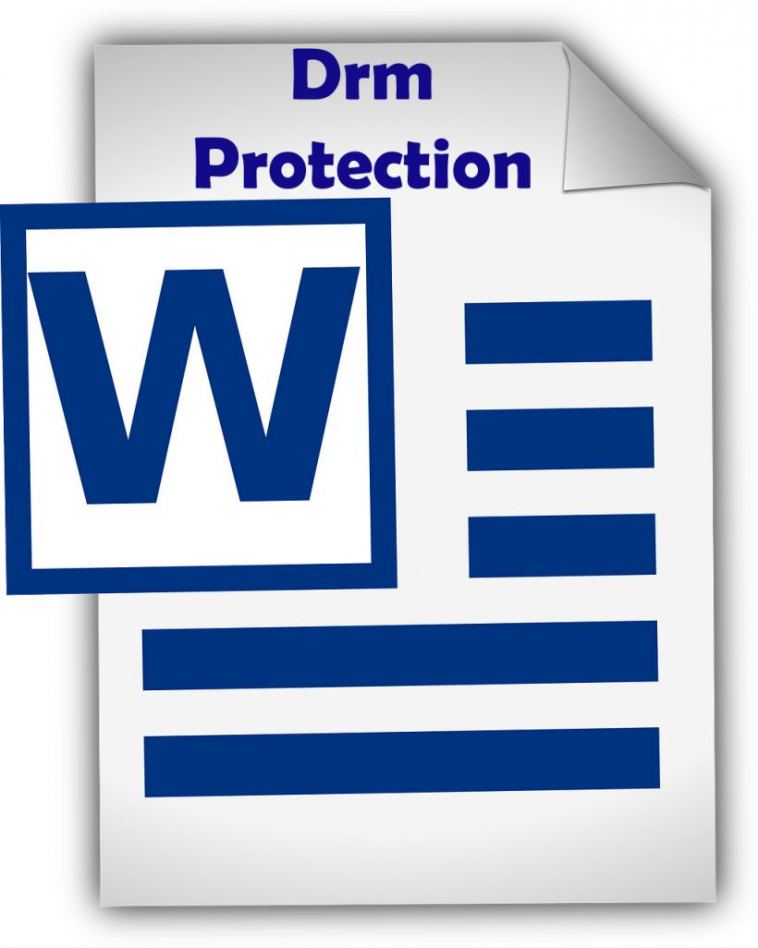- Like
- SHARE
- Digg
- Del
- Tumblr
- VKontakte
- Flattr
- Buffer
- Love This
- Save
- Odnoklassniki
- Meneame
- Blogger
- Amazon
- Yahoo Mail
- Gmail
- AOL
- Newsvine
- HackerNews
- Evernote
- MySpace
- Mail.ru
- Viadeo
- Line
- Comments
- Yummly
- SMS
- Viber
- Telegram
- JOIN
- Skype
- Facebook Messenger
- Kakao
- LiveJournal
- Yammer
- Edgar
- Fintel
- Mix
- Instapaper
- Copy Link
Introduction
You would be shocked to know that the number of data breaches that actually get reported is only a tiny fraction of the exact quantities that take place.
Unfortunately, even the information that is received regarding data breaches is often skewed. This means it does not represent any kind of statistically valid sample set that can help experts and financial specialists to draw accurate conclusions.
For a data breach to be publicized, the following events must take place.
These include:
- Discovering the symptoms of a potential data breach.
- Identifying that the breach situation must be classified and recognized as a data breach.
- Revealing the event-data regarding the infringement.
While each of the above steps mentioned sound pretty easy, the reality is it is often filled with grey areas, miscommunication and technical malfunctions. If a company’s data breach management procedure crumbles at any of these stages — Discovering, Identifying and Revealing — the data breach could go unreported, and in most cases completely untracked.
How Do We Define a Data Breach?
The issue of whether a data breach gets reported is closely connected to the larger issue: How do we define a data breach? A data breach is a different aspect to litigators and lawyers, than to the common man. For instance, if you have an insider threat detected within the system, the entity or individual must establish what has taken place, an event, or an incident.
It is the judiciary that determines whether an incident can be regarded as the data breach. In this regard, they take help from the IT department and cybersecurity professionals. However, the decision to define a data breach comes from the facts that are applied to law.
Cybersecurity experts regard security around data and systems as events and incidents. For instance, the (NIST) or the National Institute of Standards and Technology defines an ‘event’ as thus: Any observable occurrence in a network or system that includes users connecting to a file share, a server receiving a request for web information, a user sending an email and a firewall blocking a connection attempt is regarded as an event.
On the other hand, a computer security incident, also known as “incident” is defined as an infringement or an approaching danger of breaking of computer security policies, or any acceptably used policies or standard security practices.
At What Stage Does an Event or an Incident Become a Data Breach?
There is no federal definition of a data breach in the United States; neither is there a federal data-breach notification rule that conforms to all kinds of companies. Rather, the United States has an assembly of local and state laws. These are more often implemented in agreement with industry-specific federal breach notification laws such as the Health Information Technology for Economic and Clinical Health (HITECH) Act.
Hence, the most accepted definition of a data breach or a breach of security is “the illegal and unapproved procurement of personal data that endangers security, confidentiality or integrity of personal data.” This means that for the common man to discover a data breach, an event must first fit the definitions of both personal information and breach of security, while also meeting other requirements for notification. Given the numerous interpretations and laws across the United States, there has resulted in a good deal of uncertainty, both in knowing what a data breach comprises and how to respond when one takes place.
How Can A Business Protect Documents and Data?
Protecting documents and data today is crucial to the sustenance of a business. It can be a grave error to ignore the safety of data lying around within an entity or company. For instance, after a business decision is made to purchase data, that data must be appropriately protected in order for the business to use it properly. In 2012, when data breaches cost a reported $1.2 billion, the fact that a large number of companies were affected was often lost in the press coverage. Of course, that number represented just the breaches for select companies. It did not even consider the vast number of violations that were conducted on a broader scale to larger, more valuable brands.
Businesses need safe, secure ways to store, communicate and transmit information but sending & sharing documents securely can often be a challenge. Companies will need to protect their data for the long haul. But with increasing numbers of breaches, challenges arise in how companies can safely protect, access and securely share their documents and data, putting consumers at risk.
How Digital Rights Management Can Help
An efficient way of protecting your confidential information from being stolen or compromised in documents, reports, training courses, e-books and all kinds of digital intellectual property is through digital rights management.
Document DRM software can prevent data piracy and theft while protecting and expanding your revenue streams. Moreover, it also ensures compliance with privacy regulations and provides legal access by logging document use.
Through DRM, you can control who uses your documents and for how long, where and when. You can also instantly revoke access regardless of where your documents are located.
As an optimal strategy for a safer data environment, document DRM can be crucial in managing your data risk and increase the risk reduction and risk mitigation value of your confidential documents and information.


